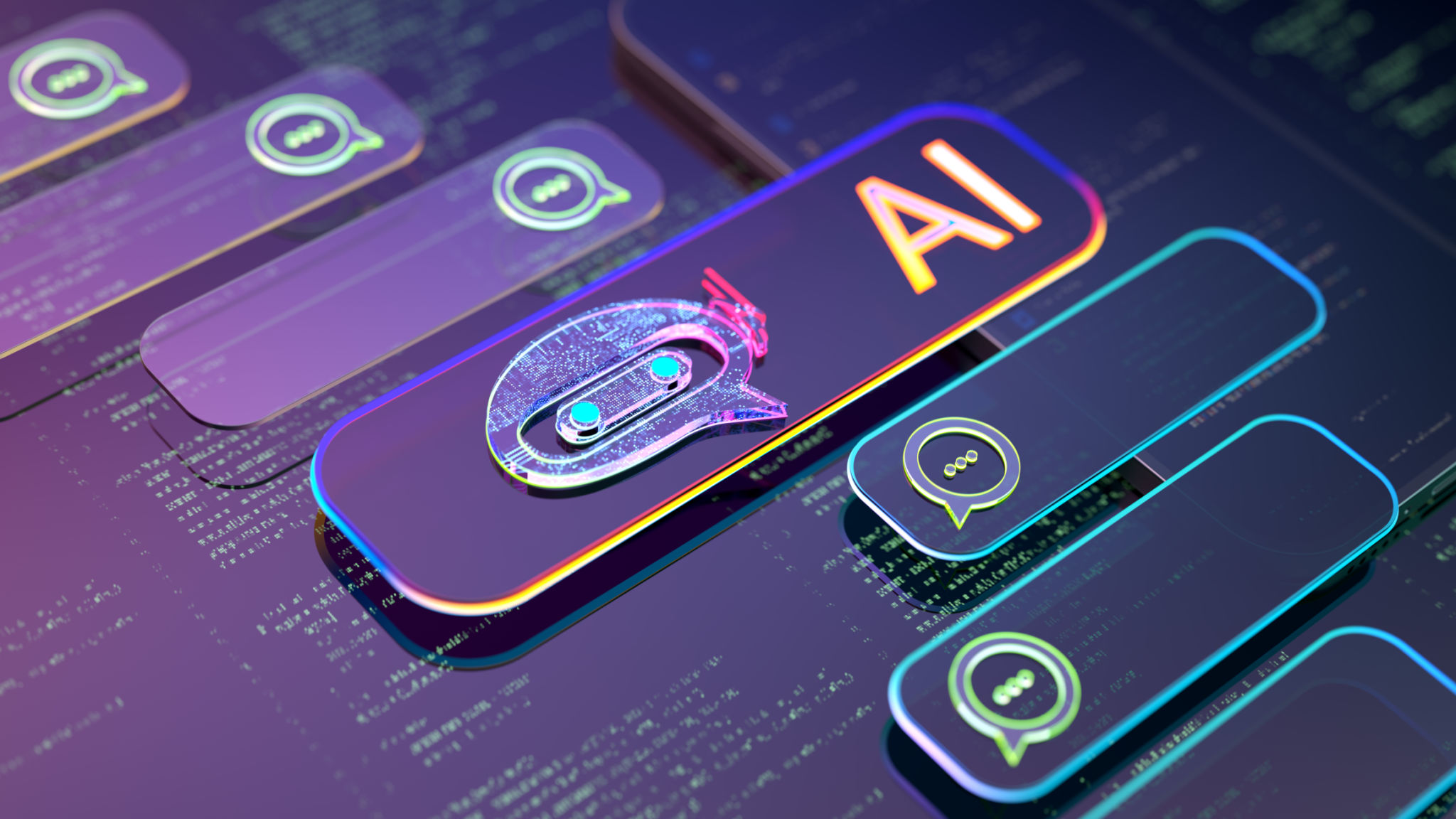Integrating OpenAI and Stability AI: Best Practices for Developers
Introduction to Integrating OpenAI and Stability AI
As the landscape of artificial intelligence continues to evolve, developers are increasingly exploring ways to integrate different AI solutions to enhance functionality and efficiency. OpenAI and Stability AI stand out as two prominent platforms offering unique capabilities. By integrating these technologies, developers can harness their complementary strengths to build more robust AI applications.

The Benefits of Integration
Integrating OpenAI and Stability AI provides several advantages. OpenAI, known for its advanced natural language processing capabilities, can be combined with Stability AI's focus on creating stable and reliable AI models. This synergy allows developers to create applications that are both intelligent and dependable, delivering superior performance.
Furthermore, combining these platforms can lead to more innovative solutions. With OpenAI's ability to understand complex linguistic patterns and Stability AI's emphasis on model stability, developers can push the boundaries of what AI applications can achieve, from enhanced customer service bots to more precise data analysis tools.
Understanding API Compatibility
One of the first steps in integrating OpenAI and Stability AI is ensuring API compatibility. Both platforms offer robust APIs, but developers must familiarize themselves with their distinct protocols and requirements. This includes understanding authentication processes, rate limits, and data formats. Thorough documentation review is essential for a smooth integration process.

It's also crucial to consider how data flows between the two systems. Developers should design their applications to handle data transformations seamlessly, ensuring that inputs and outputs are compatible with each platform's specifications. This step is vital for maintaining data integrity and achieving reliable results.
Best Practices for Seamless Integration
To achieve seamless integration, developers should adhere to several best practices. First, consistent testing throughout the development process is crucial. Regular testing helps identify potential issues early, allowing for timely adjustments and improvements. Additionally, developers should implement comprehensive error handling to manage any unexpected API responses or failures gracefully.
Another best practice is to leverage modular design principles. By creating modular components for each platform's functionalities, developers can easily maintain and update their applications. This approach also facilitates scalability, allowing the application to grow as needed without significant rework.

Ensuring Security and Privacy
Security and privacy are paramount when integrating AI platforms. Developers must ensure that data exchanged between OpenAI and Stability AI is secure. Implementing encryption protocols and adhering to best practices for API security can help protect sensitive information from unauthorized access.
Moreover, developers should be transparent about data usage and storage practices, complying with relevant regulations such as GDPR or CCPA. This transparency builds trust with end-users and helps maintain compliance with legal requirements.
Conclusion: Unlocking New Possibilities
Integrating OpenAI and Stability AI offers developers a powerful toolkit for creating advanced AI applications. By following best practices for integration, ensuring API compatibility, and prioritizing security, developers can unlock new possibilities in AI development. This collaboration not only enhances application functionality but also paves the way for future innovations in the field.